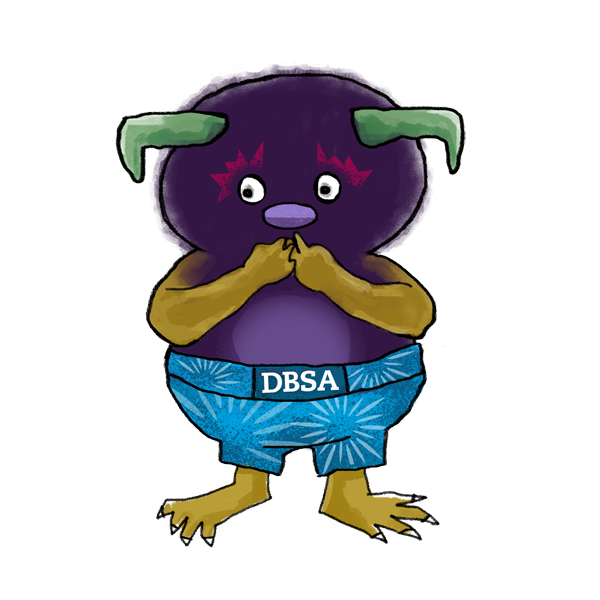All children 8 and older should be screener for anxiety, the U.S. Preventive Services Task Force recommended in April. This news comes on the heels of an advisory from the U.S. Surgeon General on the present youth mental health crisis. Anxiety is the most common mental health diagnosis in the U.S. and its prevalence is increasing.
What is Anxiety?
Anxiety is not a mood disorder, but it is often diagnosed with depression or bipolar. Often, the analogy is made that depression focuses on the past whereas anxiety focuses on the future. Anxiety is a very biologically normal response to a perceived threat. If you have ever heard the term ‘fight or flight,’ this is where our anxiety response comes in. When humans were not living in modern times this served as a protective factor—say for example, if a lion was coming—this was a helpful response. In modernity, anxiety can come from looking at our email inboxes or anticipating a school assignment being due. We do not live with the same threats we once did, but our biology does not know that, so our worry response has become distorted in modern times.
Some common symptoms of anxiety are:
- Restlessness or feeling on edge
- Being easily fatigued
- Difficulty concentrating or mind going blank
- Irritability
- Muscle tension
- Sleep disturbances
- Worrying which causes significant distress or impairment in social, occupational, or other areas of functioning
Generalized anxiety as described above is the most common form of the diagnosis, but it has other manifestations that might be helpful to consider.
Agoraphobia is a type of anxiety characterized by fear of such things as using public transportation, being in open spaces, being in very enclosed spaces, being in a crowd or being outside of one’s home generally.
Panic Disorder is the experience of panic attacks, a surge of intense fear that can cause shortness of breath, heart palpitations, sweating, trembling and shaking, chest pain, feeling dizzy or nauseous, or feeling out of control.
Social Anxiety Disorder is a type of anxiety marked by fearing social situations that can manifest in being afraid of a social situation out of proportion or context. Individuals sometimes fear being rejected, embarrassing themselves, or causing avoidance of social situations.
Agoraphobia, panic disorder, and social anxiety disorder are just some of other manifestations of anxiety-related disorders.
Anxiety screening
Screening, it should be made clear, is not a diagnosis. Screening is answering a set of questions to determine whether it would be in the best interest to be seen by a mental health professional.
Based on the recommendations of the U.S. Preventive Services Task Force, this means that children 8 and older should be seen by a primary care doctor or nurse or other mental health professional to answer a set of questions. Based on those responses, it will be determined whether there is a chance that the child might benefit from working with a mental health professional further.
Referrals
If the screening for anxiety, depression, or other mental health condition indicates an individual might be at risk for a condition, the next step is a referral to a mental health professional. To receive a mental health diagnosis, you will need to have a more comprehensive screening to determine whether symptoms are anxiety, depression, or just a challenging period, that needs a little extra care and support from a mental health worker. Know that you or your child should not feel limited by a diagnosis but supported by more information. A diagnosis is the first step to getting the appropriate help needed.
Worried Has Something to Say About This.
Worried from the DBSA Mood Crew® is excited that later this year, he and the whole crew will be making their way to a pediatrician near you. DBSA is working on creating special tools for pediatric offices. The goal of this outreach will be to ensure that doctors have all the materials they need to start important conversations on mental health and, most importantly, lead to more mental health screenings. We know early intervention can lead to better long-term outcomes, and the Mood Crew is on the case.


